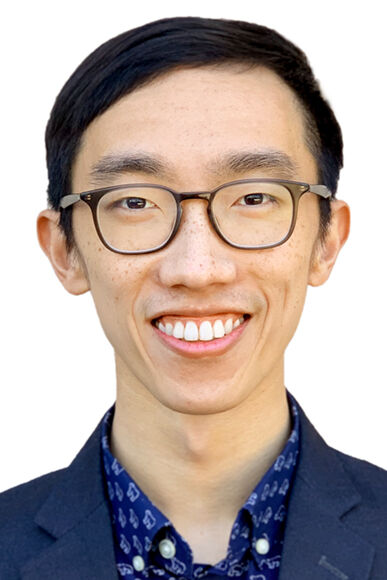
James Diao
Paul & Daisy Soros Fellowship awarded in 2021 to pursue an MD in Medicine at Harvard University.
James Diao is the child of immigrants from China.
Related Articles
-
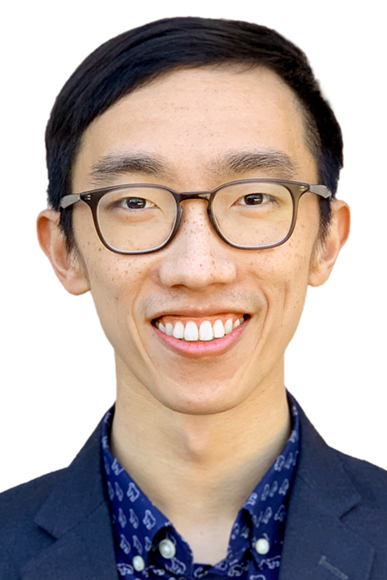 Read more: Looking Back at the Fellowship: MD Student James Diao
Read more: Looking Back at the Fellowship: MD Student James Diao- Fellow Highlights
Looking Back at the Fellowship: MD Student James Diao
-
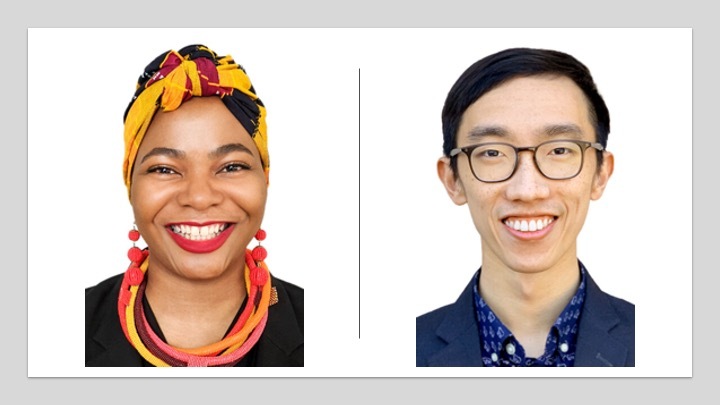 Read more: Two Paul & Daisy Soros Fellows Successfully Work To End The Use of Race In Kidney Disease Diagnosis
Read more: Two Paul & Daisy Soros Fellows Successfully Work To End The Use of Race In Kidney Disease Diagnosis- Fellow Highlights
Two Paul & Daisy Soros Fellows Successfully Work To End The Use of Race In Kidney Disease Diagnosis
Meet More Fellows
-
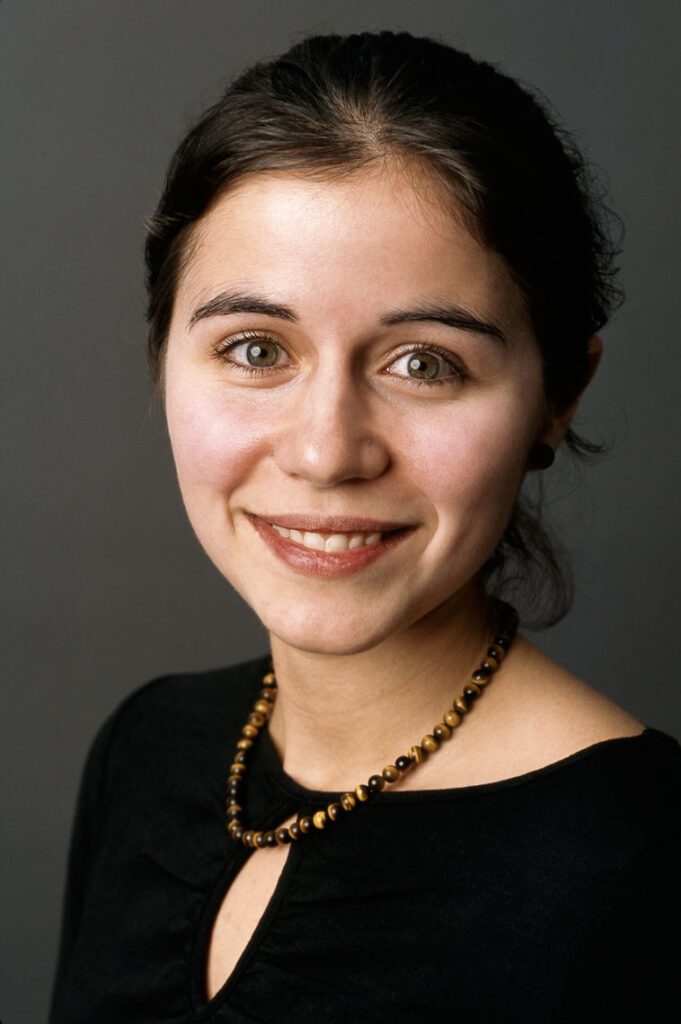
Markella Zanni
Professor of Medicine, Harvard Medical School
Markella Zanni is the child of immigrants from Greece. Fellowship awarded in 2002 to support work towards an MD in Medicine at Harvard University
-
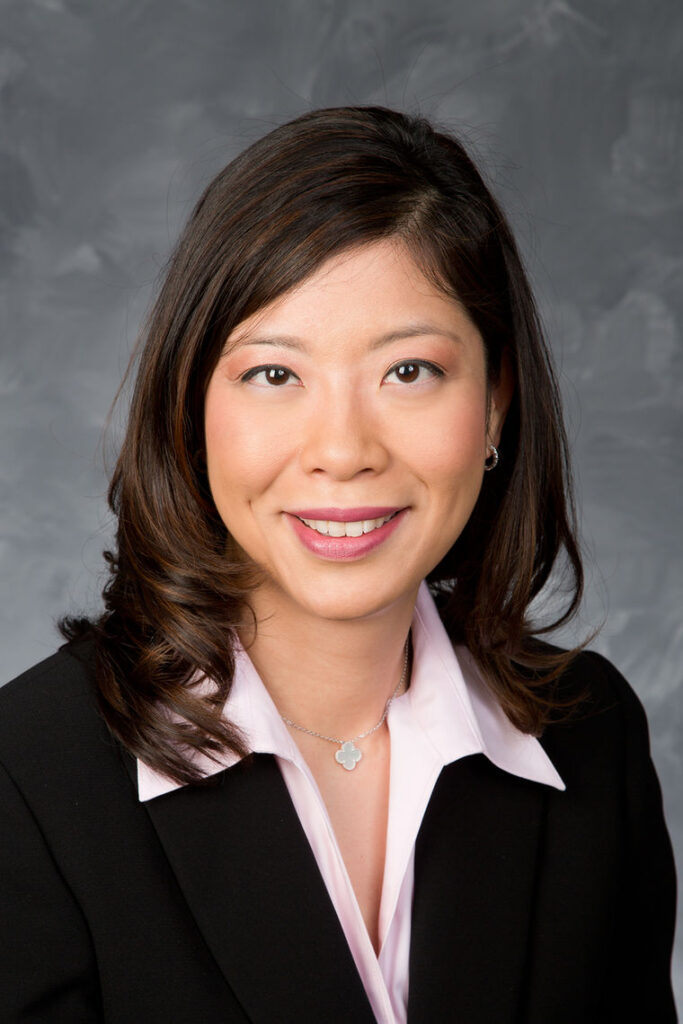
Anita Yang Hsu
Senior Vice President and General Counsel, MBK Real Estate Companies
Anita Yang Hsu is an immigrant from Taiwan. Fellowship awarded in 1998 to support work towards a JD in Law at University of California, Berkeley
-
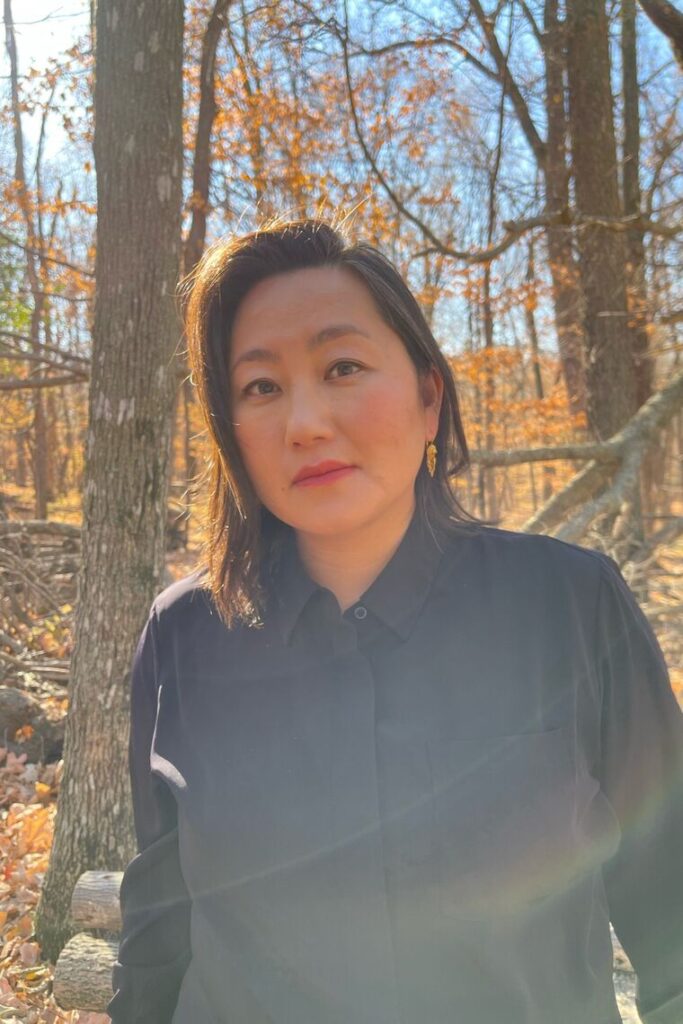
Kao Kalia Yang
Activist & Professor, Author
Kao Kalia Yang is an immigrant from Thailand. Fellowship awarded in 2003 to support work towards an MFA in Creative Writing at Columbia University
-
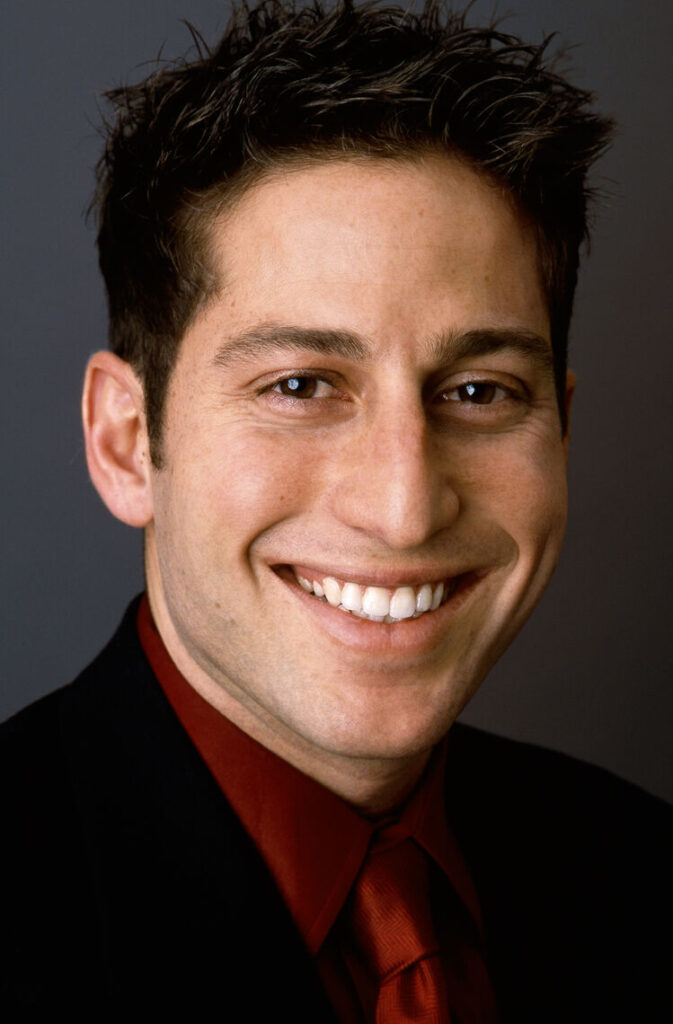
Richard Vidal
Head of Global Agency Business Development, Google
Richard Vidal is the child of immigrants from Cuba. Fellowship awarded in 2003 to support work towards an MD in Medicine at University of Pennsylvania